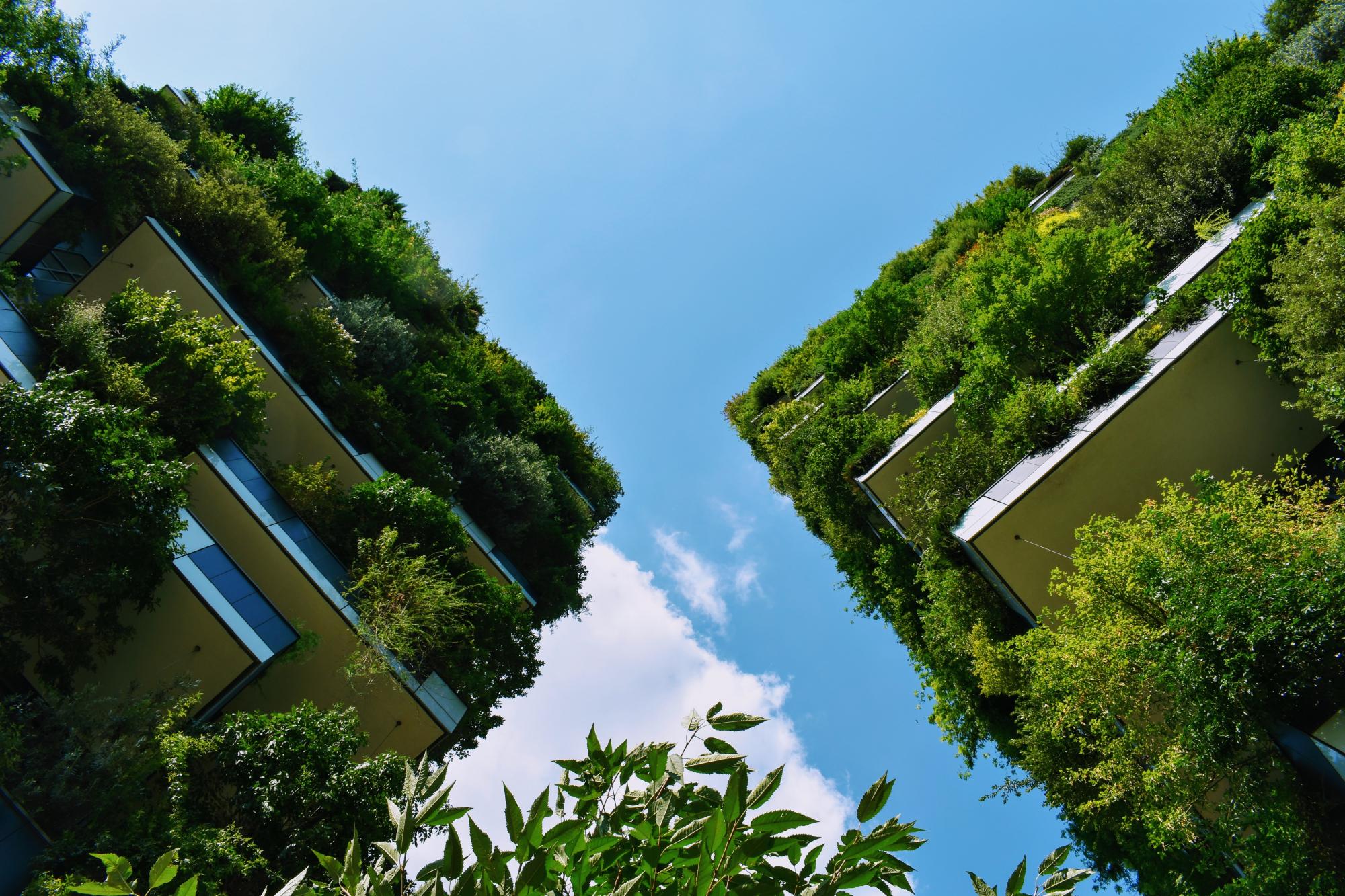While Hamburg has already had an impressive green infrastructure, it is now (since 2013) implementing an interconnected green network that will cover the 40 % of its area and support commuting by bicycle, recreation and climate change resilience. The project is planned to be completed by 2034. (Reference 9) The project aims to connect the two green belts, parks, recreational areas, cemeteries and animal habitats to each other with green paths and with the already existing “green axes” leading from the agglomeration to the urban core. The green network could not only absorb more CO2 but also prevent flooding by soaking up an increased amount of rain- and seawater caused by storms. (Reference 1, 2). An extensive network of cycle paths is also being built as part of the project. (Reference 2)
Overview
Nature-based solution
- Grey infrastructure featuring greens
- Alley or street trees and other street vegetation
- Institutional green space
- Blue infrastructure
- Riverbank/Lakeside greens
- Parks and urban forests
- Large urban parks or forests
- Green corridors and green belts
- Rivers/streams/canals/estuaries
- Coastlines
Key challenges
- Climate action for adaptation, resilience and mitigation (SDG 13)
- Climate change adaptation
- Climate change mitigation
- Water management (SDG 6)
- Flood protection
- Green space, habitats and biodiversity (SDG 15)
- Green space creation and/or management
- Regeneration, land-use and urban development
- Regulation of built environment
- Health and well-being (SDG 3)
- Enabling opportunities for physical activity
- Creation of opportunities for recreation
- Economic development and employment (SDG 8)
- Economic development: service sectors
Focus
Project objectives
Implementation activities
Climate-focused activities
Climate change adaptation:
- Increase or improve urban vegetation cover to help reduce outdoor temperature
- Implement sustainable urban drainage infrastructure (e.g. to make space for water)
Climate change mitigation:
- Increase green urban nature for carbon storage (wetlands, tree cover)
- Invest in public transport/bicycle infrastructure as a means to prevent car use
- Raise public awareness of behaviours, lifestyle and cultural changes with mitigation potential
Main beneficiaries
- Local government/Municipality
- Citizens or community groups
Governance
Management set-up
- Government-led
Type of initiating organisation
- Local government/municipality
Participatory approaches/ community involvement
- Dissemination of information and education
- Other
Details on the roles of the organisations involved in the project
Project implemented in response to ...
Financing
Total cost
Source(s) of funding
- Public national budget
- Public local authority budget
Type of funding
- Earmarked public budget
- Direct funding (grants, subsidies, or self-financed projects by private entities)
Non-financial contribution
Impacts and Monitoring
Environmental impacts
- Climate change
- Lowered local temperature
- Reduced emissions
- Strengthened capacity to address climate hazards/natural disasters
- Enhanced carbon sequestration
- Environmental quality
- Improved air quality
- Reduced noise exposure
- Water management and blue areas
- Increased protection against flooding
- Improved stormwater management
- Green space and habitat
- Increased green space area
- Increased ecological connectivity across regeneration sites and scales
Economic impacts
- Increase in GDP
- Increase of green jobs (e.g. paid employment positions)
- Attraction of business and investment
- Increased market share for green economies
- Other
Socio-cultural impacts
- Social justice and cohesion
- Improved liveability
- Improved access to urban green space
- Increased opportunities for social interaction
- Health and wellbeing
- Improved physical health
- Improved mental health
- Gain in activities for recreation and exercise
- Cultural heritage and sense of place
- Improvement in people’s connection to nature
- Other
Type of reported impacts
Presence of formal monitoring system
Presence of indicators used in reporting
Presence of monitoring/ evaluation reports
Availability of a web-based monitoring tool
References
2. Lavars , N. 2014. The Green Network: How Hamburg could be car-free in 20 years. Source link. [online] Available at: Source link 01 Sept. 2020].
3. Landeshauptstadt Hamburg. (2017). Grünes Netzwerk: The Landscape Programme Hamburg. Hamburg: Landeshauptstadt Hamburg.
4. Bressa, R. (2016). How Hamburg is becoming Europe’s greenest city. Source link. [online]. Available at: Source link 01 Sept. 2020].
5. Source link. (2017). European Green Capital. [online] Available at: Source link 01 Sept. 2020].
6. Ministry of Environment and Energy. (2016). Hamburg – European Green Capital: 5 Years On: The city takes further. Hamburg: Ministry of Environment and Energy. Available at: Source link [Accessed: 01 Sept. 2020]
7. Source link. (2017). Materialien zum Grünen Netz: Karten, Grafiken und Downloads. [online]. Available at: Source link 01 Sept. 2020].
8. Source link (nd.) Green Hamburg: Green Network. [online]. Available at: Source link [Accessed: 02 Sept. 2020]
9. Coutts, C. (2015). Green Infrastructure and Public Health. Abingdon: Routledge, pp. 286-291. Available at: Source link [Accessed: 02 Sept. 2020].

